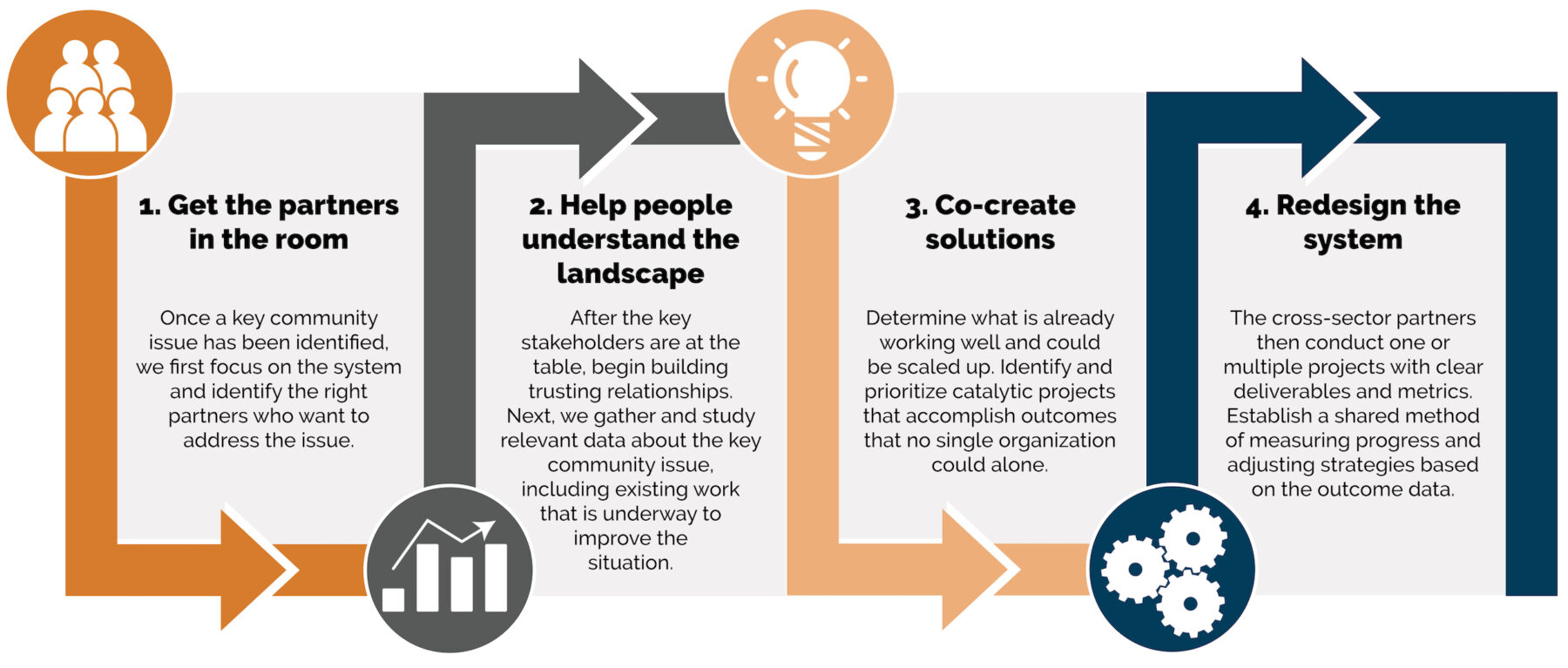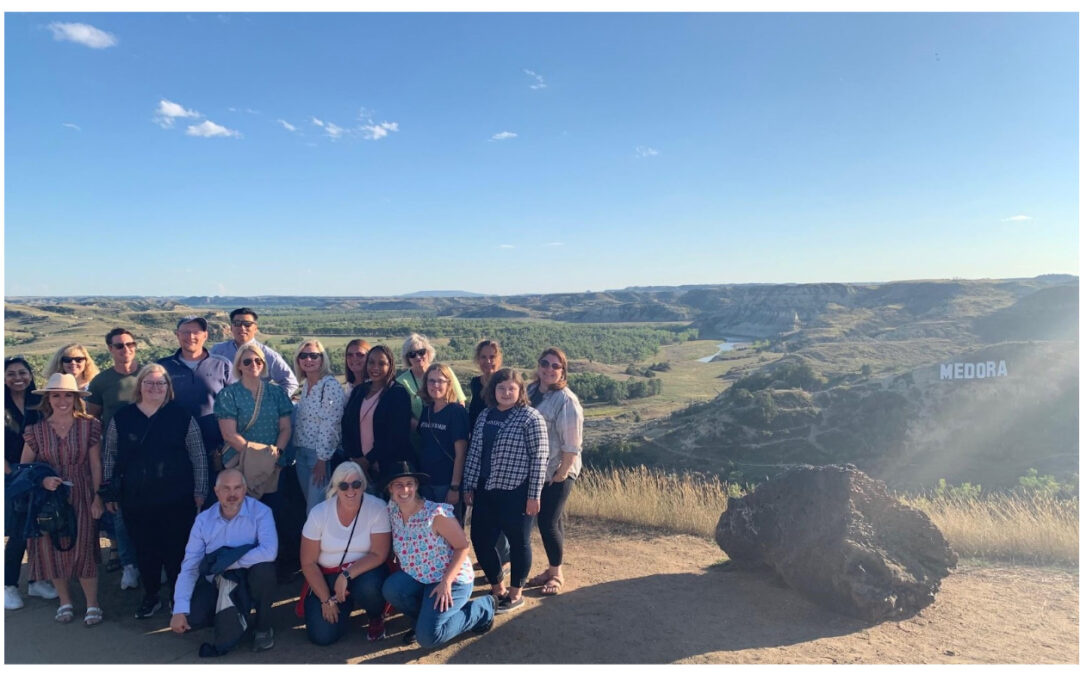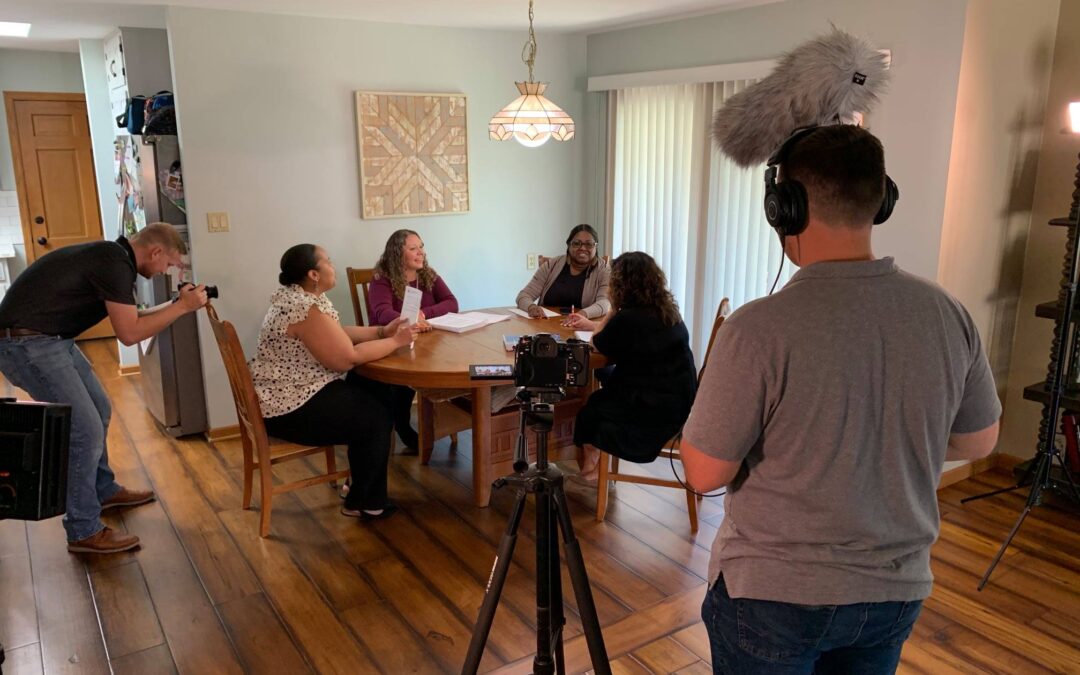Each year, we are fortunate to engage with numerous organizations, collaborating on their strategic planning processes to craft their road maps for the upcoming 3-5 years. In the course of completing these strategic plans, we have developed a formula that guides the process by following four key steps.
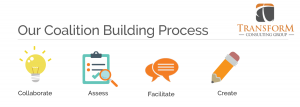

1. Collaborate
Good strategic plans are not created in isolation in a board room. We work with you to identify all of the key stakeholders that we need to engage to inform the strategic planning process. This will vary depending on your organization, but typically involves some of the following key stakeholders:
- Staff at different levels of the organization
- Board of Directors
- Volunteers
- Current and past funders and donors
- Key community partners/ stakeholders in the community
- Clients
- Public
When we worked with HSE S.P.O.R.T.S. on their strategic plan, we wanted to get feedback from a broad group of stakeholders. We surveyed the public to gauge their understanding and perception of the organization and received a large response rate. We also met with some of their key community partners for strategic feedback and met with their staff. Through these efforts, we received rich feedback to inform the strategic planning team and started to create some buy-in and ownership from the community.
2. Assess
This step of the strategic planning process is so important as it provides the necessary context for understanding your organization and environment. During this phase, it is important to complete an internal and an external assessment. The internal assessment includes an analysis of the organization by looking at financial statements, programming, and organizational structure. You will want to look for trends, gaps, and opportunities. The external assessment may include collecting information about the industry and/or completing a needs assessment of your community or targeted audience.
When we worked with Early Learning Indiana to complete their strategic plan, they wanted their strategic planning team to have a good understanding of the environment in which they operate. There was a significant amount of change in policies, programming, and priorities in the early learning industry that had implications for their work in the future. Therefore, it was important to understand that context in planning for the future.
3. Facilitate
When people think of strategic planning, they most often think of having a retreat to develop a strategic plan. While a retreat can be a good time to complete a strategic plan, it is not necessary. The main purpose of this step is for the strategic planning team to start to reach a consensus about the future direction. In order to support this next step, we often prepare a pre-read packet that summarizes all of the information collected in the first two steps. Then the strategic planning team is equipped with rich feedback from the stakeholders (Step 1) and an understanding of the context (Step 2).
There are a variety of group activities used to help the team process the information and begin to identify “what” we want to accomplish. Once the goals (or “what”) have been identified, then we begin to talk about the “how” we will accomplish the work or the strategies. There are different tools and activities we use to help move through this work. The main thing to remember is to prioritize and focus. If you do decide to facilitate a retreat, check out our three steps to facilitate a strategic planning retreat.
4. Create
Now that a clear plan for the future is reached, it is our job to make sense of all of the information and to package it in a meaningful way for the organization to implement. At TCG, we don’t believe in creating long strategic plan reports that sit on shelves. We want our clients to use and review their strategic plans on a regular basis. We recommend creating three strategic plan tools:
- “Pretty version” strategic plan – this is a one-page overview of your goals and top strategies. This is a tool that can be shared externally with partners, funders, and other key stakeholders as well as internally with staff. It can live on your website and be part of your communication tools.
- Strategic plan report – this explains the full process of how the strategic plan was completed, the information collected (pre-read packet), and a more detailed strategic plan report. This is an internal document for staff to use to reflect on the process and have access to all of the comprehensive information collected.
- Implementation plan – this tool helps unpack the strategic plan into actionable steps for staff, committees, and the board. It can sometimes be difficult for organizations to take what is written in the strategic plan and put it into action, often resulting in no action or change. By creating this more detailed implementation plan there is a road map for how the organization will accomplish the goals identified over the next 3-5 years.
From the wise words in the childhood book and movie Alice in Wonderland, we learned that if we don’t 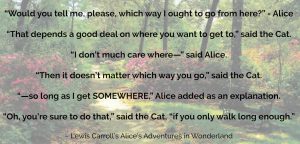
know where we are going, any road could take us there. However, it may not be the most effective or efficient path and the outcome could be different than we hoped. Developing a strategic plan provides that road map for all organizations – nonprofits, businesses, schools, and government agencies – to have a clear focus on our goals and strategies to accomplish those goals.
Completing a strategic plan can be a daunting or exhilarating process for some organizations. We love to partner with organizations to help you think about the future and create a plan that will get you there. You can find out more about our strategic planning services here.



